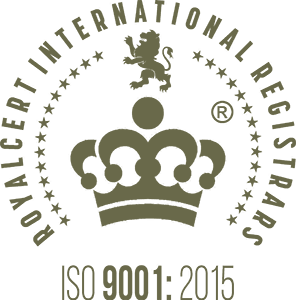SAUDI NATIONAL DAY: LOOKING AHEAD
The Kingdom of Saudi Arabia celebrates its national day on September 23rd to commemorate the unification of the Kingdom and its founding by His Majesty King Abdul Aziz bin Abdul Rahman Al Saud, May Allah have Mercy on him. On this day in 1932 the modern Saudi state was established and the Kingdom of Nejd and Hejaz renamed Kingdom of Saudi Arabia.
As a moment for reflection on the country’s past and a glimpse into its future, Saudi National Day is an annual commemoration of unity and pride. This year it takes on new significance as it aligns closely with the ambitious goals set forth in Vision 2030, the country’s blueprint for economic diversification and modernization.
This year the Kingdom celebrates its 94th National Day with the promise of a future where Saudi Arabia stands as a beacon of innovation, hospitality, and global connectivity. At the heart of this transformation lies the convergence of aviation, tourism, and economic diversification. This is a bold bet on the Kingdom’s potential. It’s a vision that seeks to leverage Saudi Arabia’s strategic location, transforming it from a mere crossroads into a global destination and economic powerhouse.
Led by the aviation and tourism sectors, the ambitious Vision 2030 plan is rapidly becoming reality. In an impressive development, Saudi Arabia has already surpassed its 2030 goal of attracting 100 million visitors annually, achieving this milestone seven years ahead of schedule. This early success is a testament to the Kingdom’s commitment to diversifying its economy and establishing itself as a global tourism powerhouse.
The Saudi Aviation Strategy (SAS), launched in December 2020, envisions a massive expansion of the country’s air transport capabilities, aiming to handle 330 million passengers and 4.5 million tons of cargo by 2030. This ambitious target represents a tripling of current passenger numbers. SAS encompasses a holistic approach to aviation development, including the privatization and modernization of airport infrastructure. The shift of 25 airports to the Matarat Holding Company ownership is a clear indication of the Kingdom’s commitment to raising airport standards and attracting private investment. This move is expected to enhance the overall travel experience and position Saudi Arabia as a competitive global aviation hub and, along with the development of special economic zones, further underscores the pivotal role that aviation will play in realizing Vision 2030’s goals.
The launch of Riyadh Air earlier this year signals the Kingdom’s intent to become a major player in international aviation. The recent order of 72 Boeing 787 Dreamliners by these two carriers, with options for even more, underscores their intent to rapidly expand capacity and reach. Complementing the existing national carrier Saudia, Riyadh Air aims to connect the Saudi capital to over 100 destinations by 2030. This two-pronged approach, with Saudia focusing on Jeddah and Riyadh Air on the capital, demonstrates a nuanced strategy to cater to different market segments and geographical needs.
This strategy is not merely about increasing numbers; it represents a fundamental shift in how Saudi Arabia positions itself on the global stage. As such, the aviation sector’s growth is not occurring in isolation. It is intrinsically linked to Saudi Arabia’s ambitious tourism goals, which aim to attract 150 million visitors annually by 2030. This symbiotic relationship between aviation and tourism is evident in the Kingdom’s efforts to develop its infrastructure, from state-of-the-art airports to world-class hospitality facilities. The transformation extends beyond physical infrastructure.
From a nation once known primarily for oil, Saudi Arabia is rapidly emerging as a diverse, dynamic, and welcoming destination for travelers and businesses alike. Recognizing that the success of this vision will depend not only on infrastructure development and strategic planning but also on the Kingdom’s ability to create authentic, memorable experiences for visitors, Saudi Arabia is reimagining its identity as a tourist destination. Moving beyond its traditional role as a center for religious pilgrimage, it is investing in new initiatives like the futuristic city NEOM, the luxury Red Sea Project, and the cultural hub of AlUla which are positioning the Kingdom as a diverse and attractive destination for global travelers.
The journey ahead is not without challenges. Developing the necessary infrastructure, nurturing a skilled workforce, and balancing rapid growth with sustainability concerns will require continued dedication and innovation. However, if the progress thus far is any indication, Saudi Arabia is well-positioned to overcome these hurdles and realize its vision of becoming a global aviation and tourism leader.



